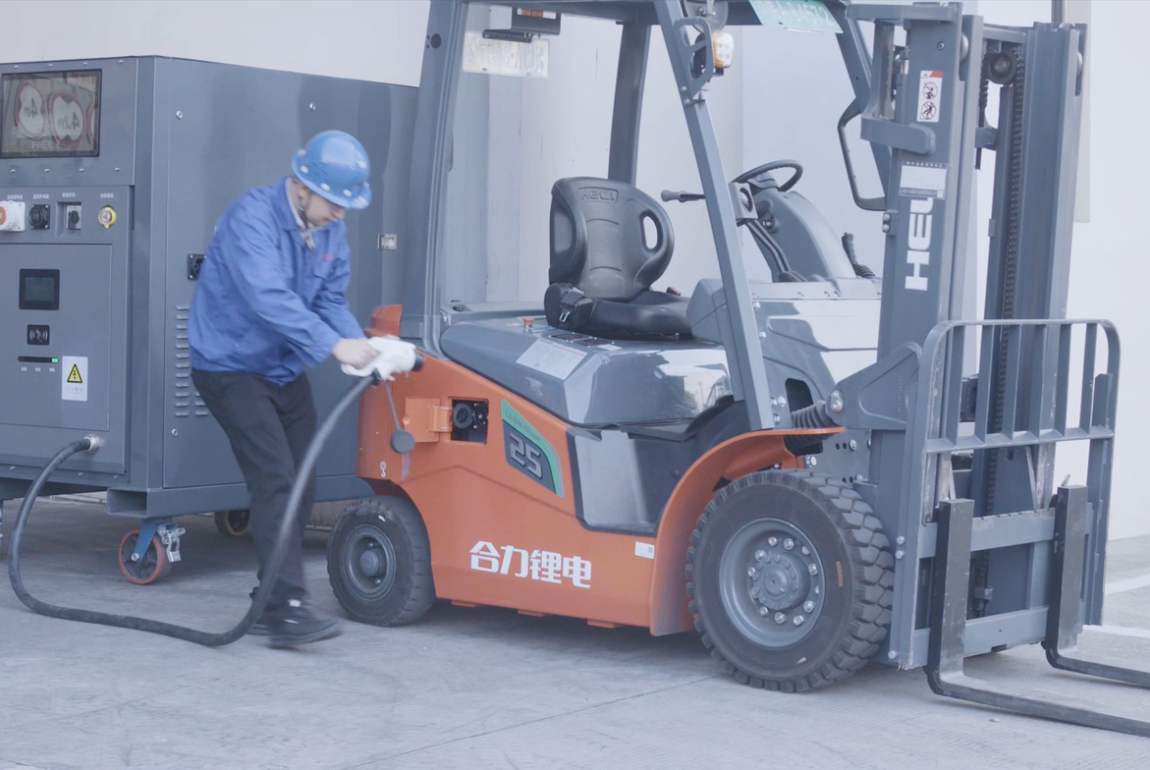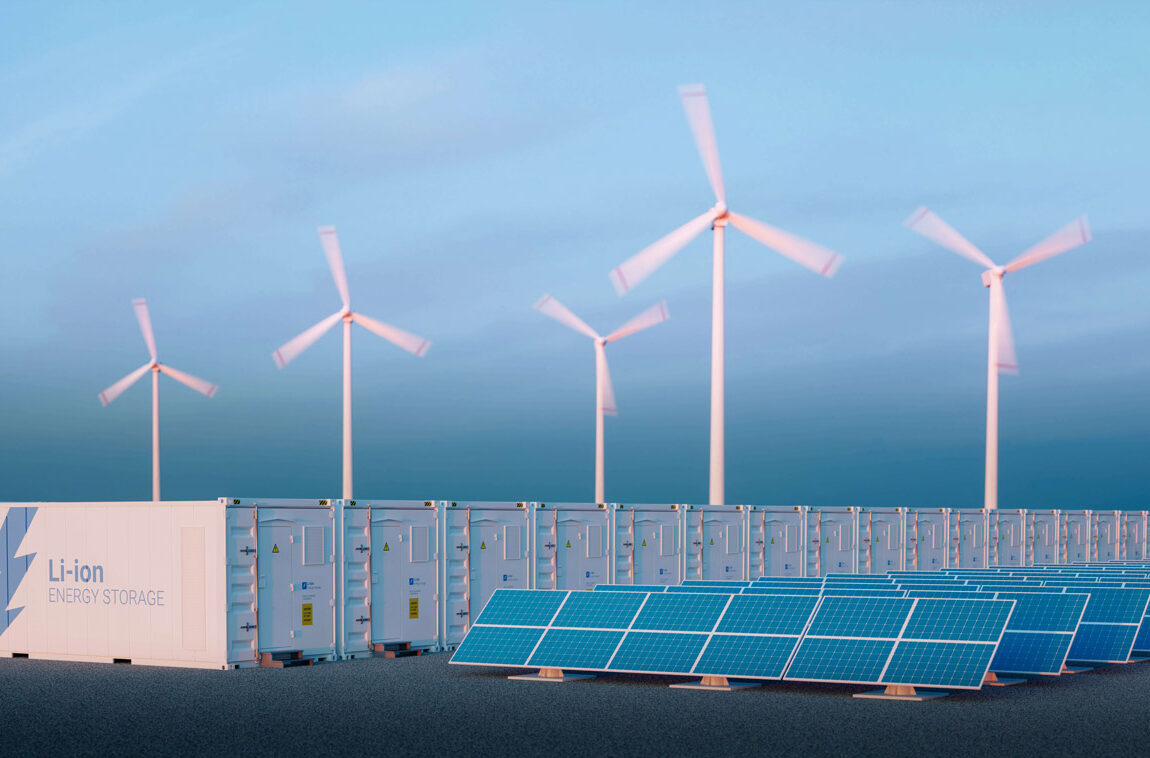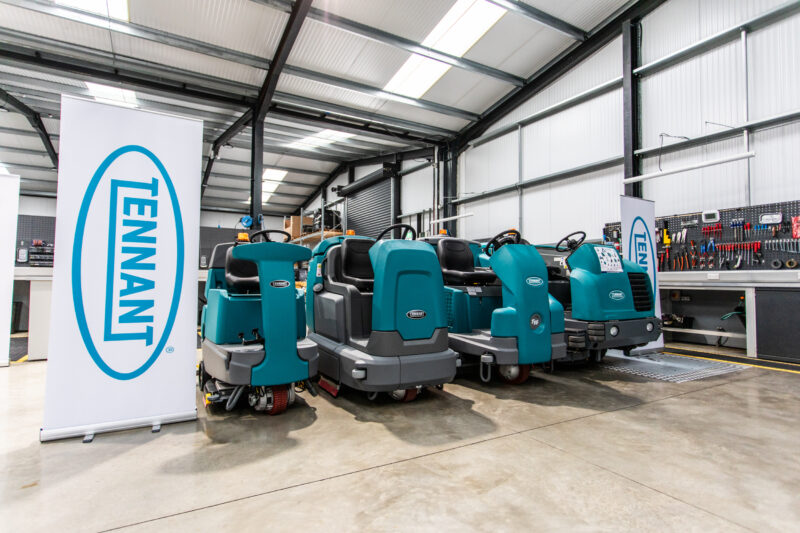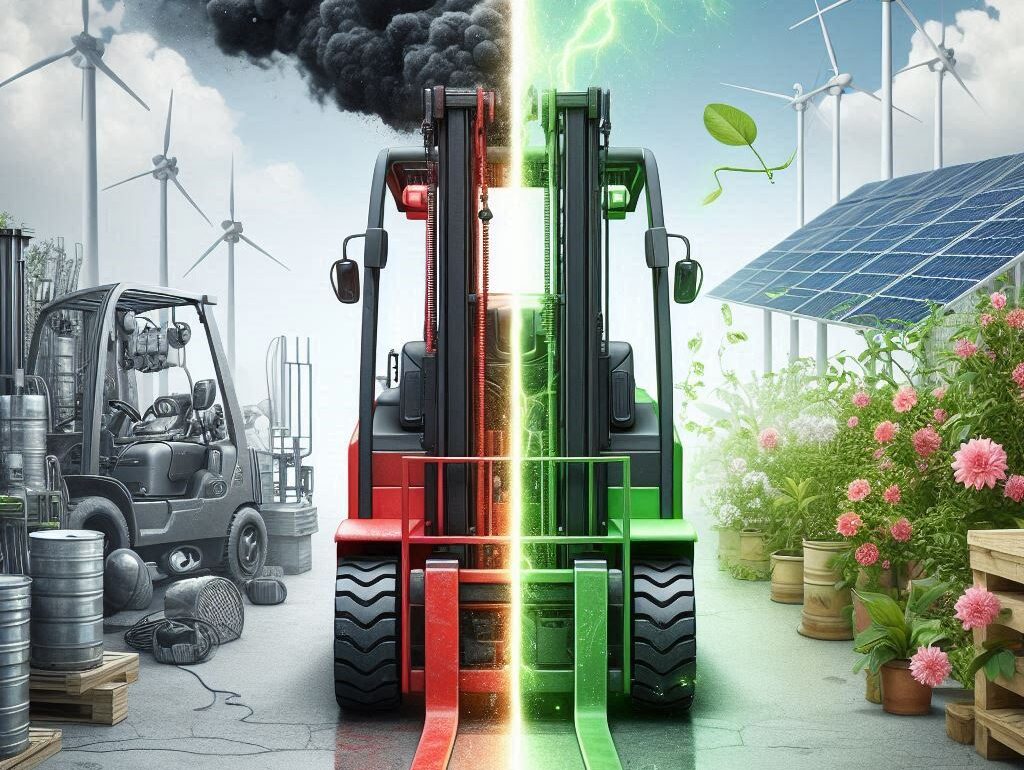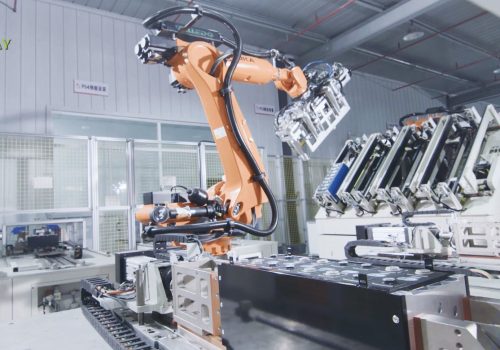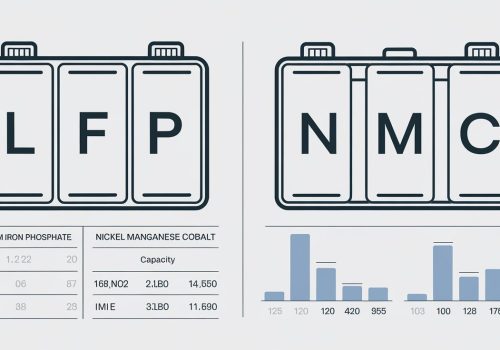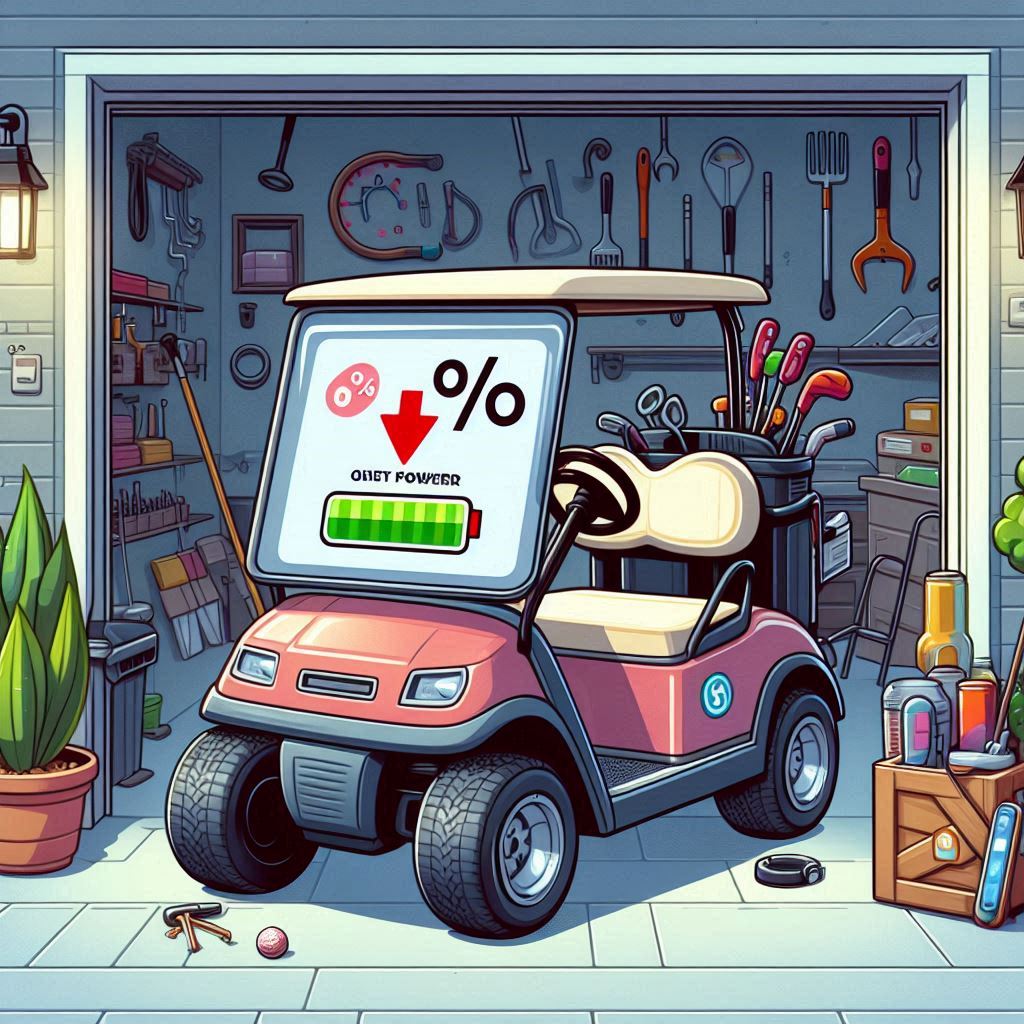
The self-discharge rate of a lithium battery refers to the percentage of capacity loss per month when the battery is not in use. This rate is a critical performance indicator, as it affects how long a battery can hold its charge and its overall efficiency. The self-discharge rate is influenced by various factors, including the battery’s chemistry, temperature, and state of charge.
LiFePO4 Baterie Self-Discharge Rate
LiFePO4 (lithium-železo-fosfát) baterie are known for their exceptional performance characteristics, one of which is a remarkably low self-discharge rate. SpiderWay, a leading manufacturer of LiFePO4 baterie, produces batteries that exhibit this superior quality. Their LiFePO4 batteries have a minimal self-discharge rate, typically exhibit a monthly self-discharge rate of about 4% to 7%. allowing them to hold their charge for extended periods when not in use. This attribute is particularly beneficial for applications such as golf carts, where fluctuating demand and off-peak seasons are common.
SpiderWay’s Commitment to Low Self-Discharge Technology
SpiderWay is committed to excellence in lithium battery manufacturing, focusing on the development of LiFePO4 batteries that offer a combination of high performance and environmental sustainability. Their batteries are designed with a low self-discharge rate, ensuring that they hold their charge longer and require less frequent recharging. This feature not only provides cost savings but also aligns with the company’s dedication to creating energy solutions that are both efficient and eco-friendly.
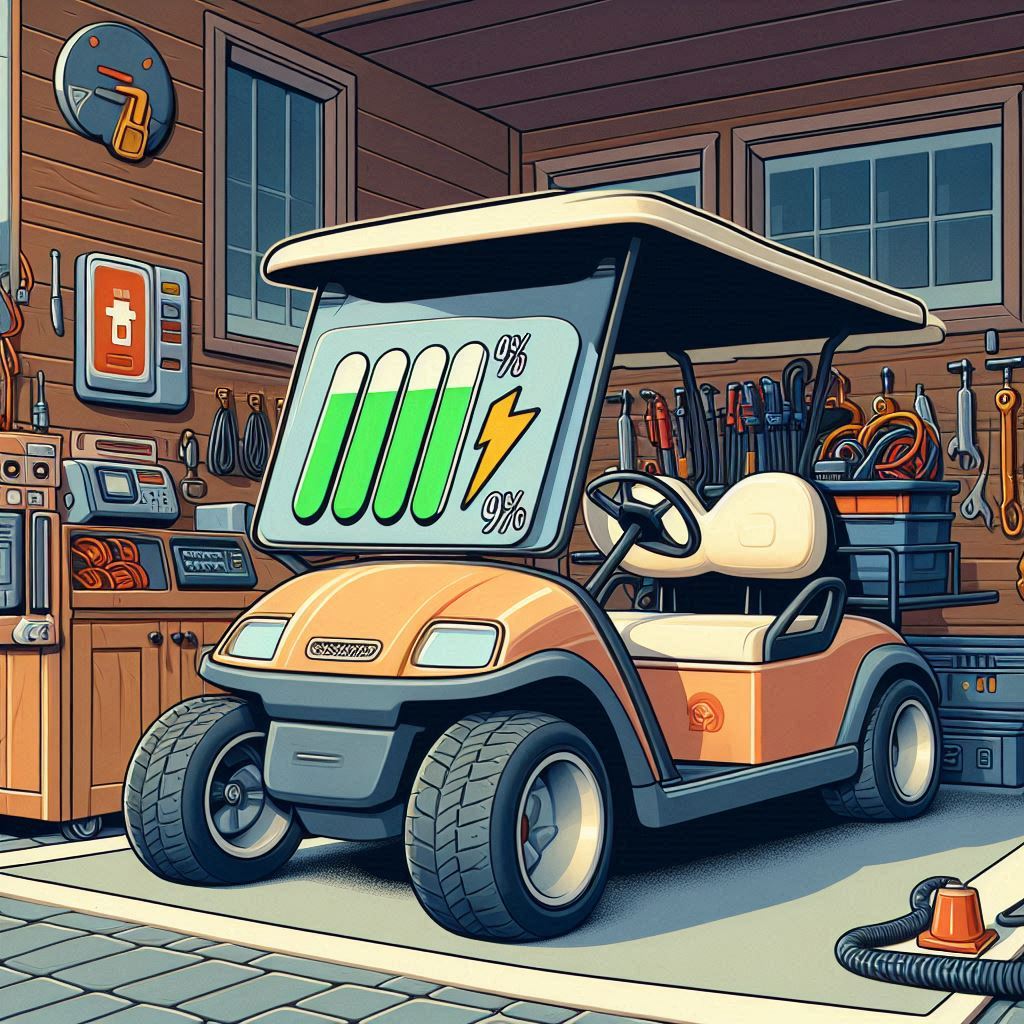
The low self-discharge rate of SpiderWay’s LiFePO4 batteries is just one aspect of their comprehensive approach to battery technology. By offering customization, quality assurance, innovative design, and technical support, SpiderWay ensures that their batteries meet the highest standards of reliability and safety, providing a clear path towards a greener and more efficient energy future
- Produkt v prodeji
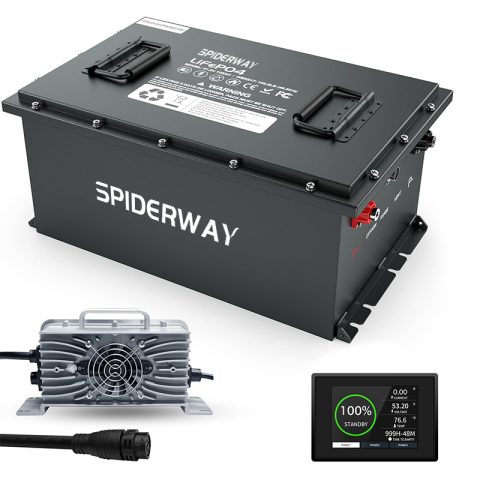 51,2V 67Ah lithiová baterie LiFePO4 pro golfové vozíky 200A BMS 6000+ cyklus.Původní cena byla: $1,350.00.$1,200.00Aktuální cena je: $1,200.00.
51,2V 67Ah lithiová baterie LiFePO4 pro golfové vozíky 200A BMS 6000+ cyklus.Původní cena byla: $1,350.00.$1,200.00Aktuální cena je: $1,200.00. - Produkt v prodeji
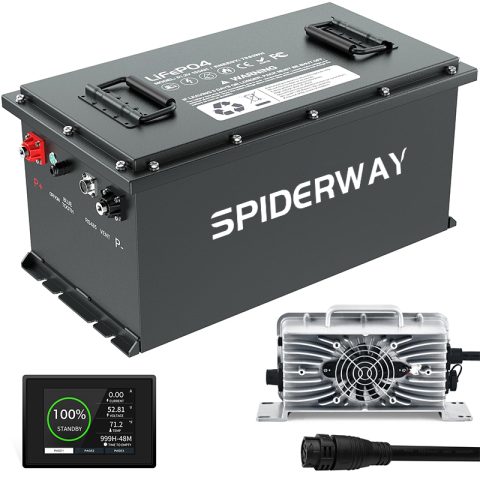 51,2V 105Ah lithiová baterie LiFePO4 pro golfové vozíky 200A BMS 6000+ cyklus.Původní cena byla: $1,800.00.$1,459.99Aktuální cena je: $1,459.99.
51,2V 105Ah lithiová baterie LiFePO4 pro golfové vozíky 200A BMS 6000+ cyklus.Původní cena byla: $1,800.00.$1,459.99Aktuální cena je: $1,459.99. - Produkt v prodeji
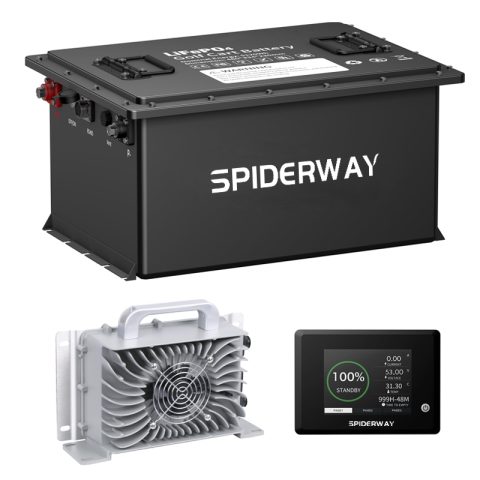 Lithiová baterie SPIDERWAY 51,2 V 67 Ah pro golfové vozíky EZGO a Club CarPůvodní cena byla: $1,350.00.$1,200.00Aktuální cena je: $1,200.00.
Lithiová baterie SPIDERWAY 51,2 V 67 Ah pro golfové vozíky EZGO a Club CarPůvodní cena byla: $1,350.00.$1,200.00Aktuální cena je: $1,200.00. - Produkt v prodeji
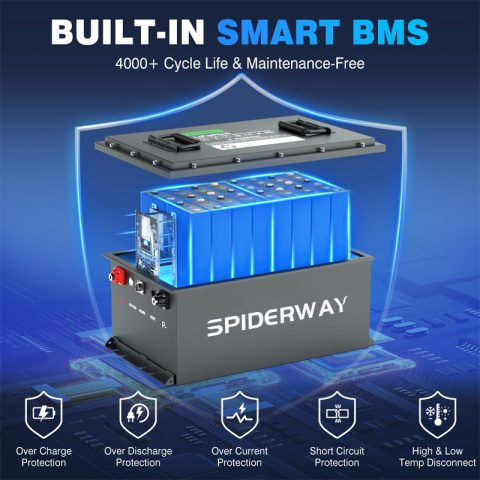 51,2V 150Ah LiFePO4 baterie pro golfové vozíky 6000+hlubokých cyklů Silná 150A BMSPůvodní cena byla: $2,250.90.$2,095.00Aktuální cena je: $2,095.00.
51,2V 150Ah LiFePO4 baterie pro golfové vozíky 6000+hlubokých cyklů Silná 150A BMSPůvodní cena byla: $2,250.90.$2,095.00Aktuální cena je: $2,095.00. - Produkt v prodeji
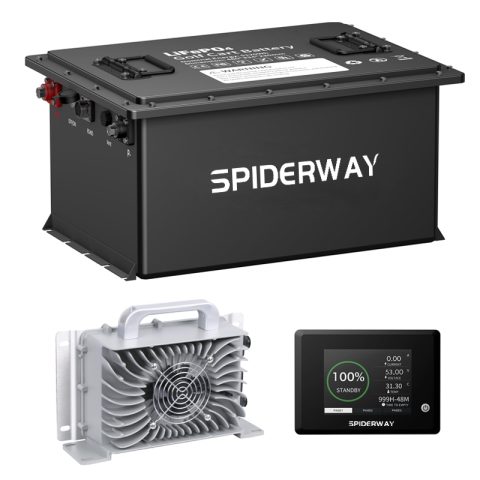 48V 105AH LiFePo4 golfová baterie Lithium Ion Battery Bluethooth APP MonitoringPůvodní cena byla: $1,680.00.$1,540.00Aktuální cena je: $1,540.00.
48V 105AH LiFePo4 golfová baterie Lithium Ion Battery Bluethooth APP MonitoringPůvodní cena byla: $1,680.00.$1,540.00Aktuální cena je: $1,540.00. 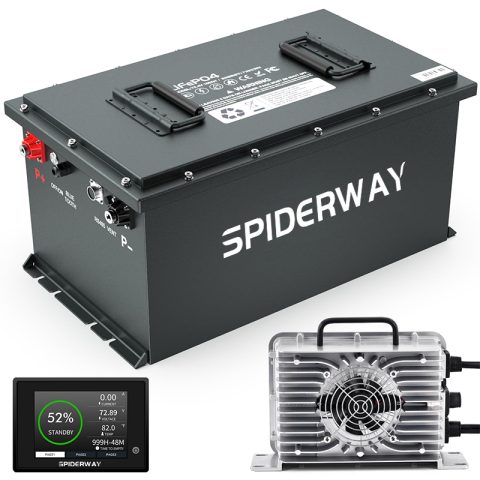 72V 105Ah golfová baterie Lithium -lon LCT Touch Screen 4000+Cycel life$2,139.99
72V 105Ah golfová baterie Lithium -lon LCT Touch Screen 4000+Cycel life$2,139.99- Produkt v prodeji
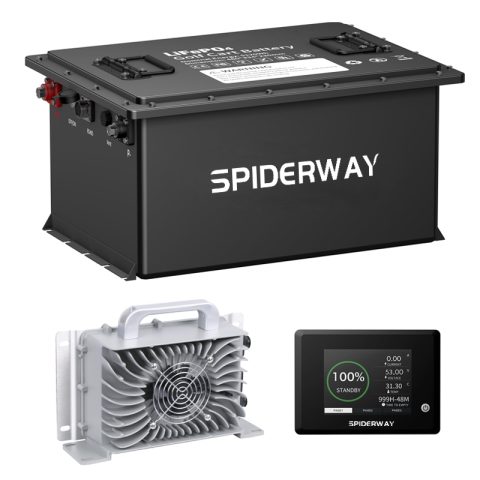 48V(51,2V) 230AH LiFePO4 baterie pro golfové vozíky LiFePO4 200A BMS IP67 10 let 6000+Původní cena byla: $3,150.00.$3,055.00Aktuální cena je: $3,055.00.
48V(51,2V) 230AH LiFePO4 baterie pro golfové vozíky LiFePO4 200A BMS IP67 10 let 6000+Původní cena byla: $3,150.00.$3,055.00Aktuální cena je: $3,055.00. - Produkt v prodeji
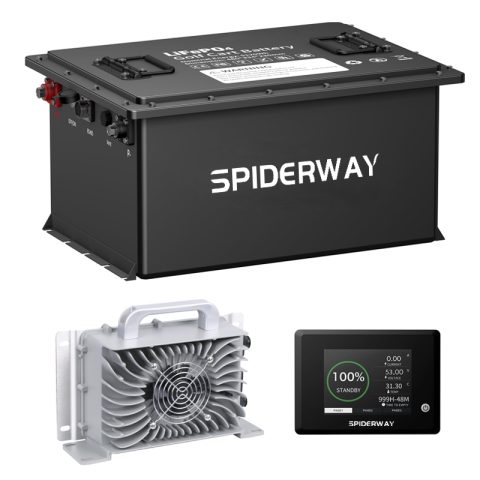 Lithiová baterie pro golfové vozíky 48V(51,2V) 67Ah s Bluetooth Battery BMS 6000+ CyclePůvodní cena byla: $1,350.00.$1,200.00Aktuální cena je: $1,200.00.
Lithiová baterie pro golfové vozíky 48V(51,2V) 67Ah s Bluetooth Battery BMS 6000+ CyclePůvodní cena byla: $1,350.00.$1,200.00Aktuální cena je: $1,200.00. - Produkt v prodeji
 38,4V(36V) 105Ah lithiová baterie pro golfové vozíkyPůvodní cena byla: $1,320.00.$1,100.00Aktuální cena je: $1,100.00.
38,4V(36V) 105Ah lithiová baterie pro golfové vozíkyPůvodní cena byla: $1,320.00.$1,100.00Aktuální cena je: $1,100.00.
Profil autora

- https://tawk.to/chat/6228c78d1ffac05b1d7dc569/1ftnkn0nk
- Prodejní technik baterií LiFePO4 společnosti SpiderWay s desetiletou praxí v oblasti baterií pro průmyslová vozidla, který je připraven zodpovědět všechny vaše dotazy týkající se průmyslových baterií LiFePO4.
Nejnovější příspěvky
Znalosti o nabíječce bateriíListopad 15, 2024LFP (LiFePO4) Battery Charger Supplier from China: The Ultimate Solution for EV and Renewable Energy Applications
Novinky z oboruListopad 15, 2024China ESS Energy Storage Battery Manufacturers: Industry Development Data and Future Market Trends
Cleaning MachinesListopad 15, 2024Global Leading Cleaning Machines Brands & LFP Lithium Battery Solutions: Powering the Future of Cleaning Technology
Novinky z oboruListopad 15, 2024Embracing the Energy Transition for a Sustainable Future

